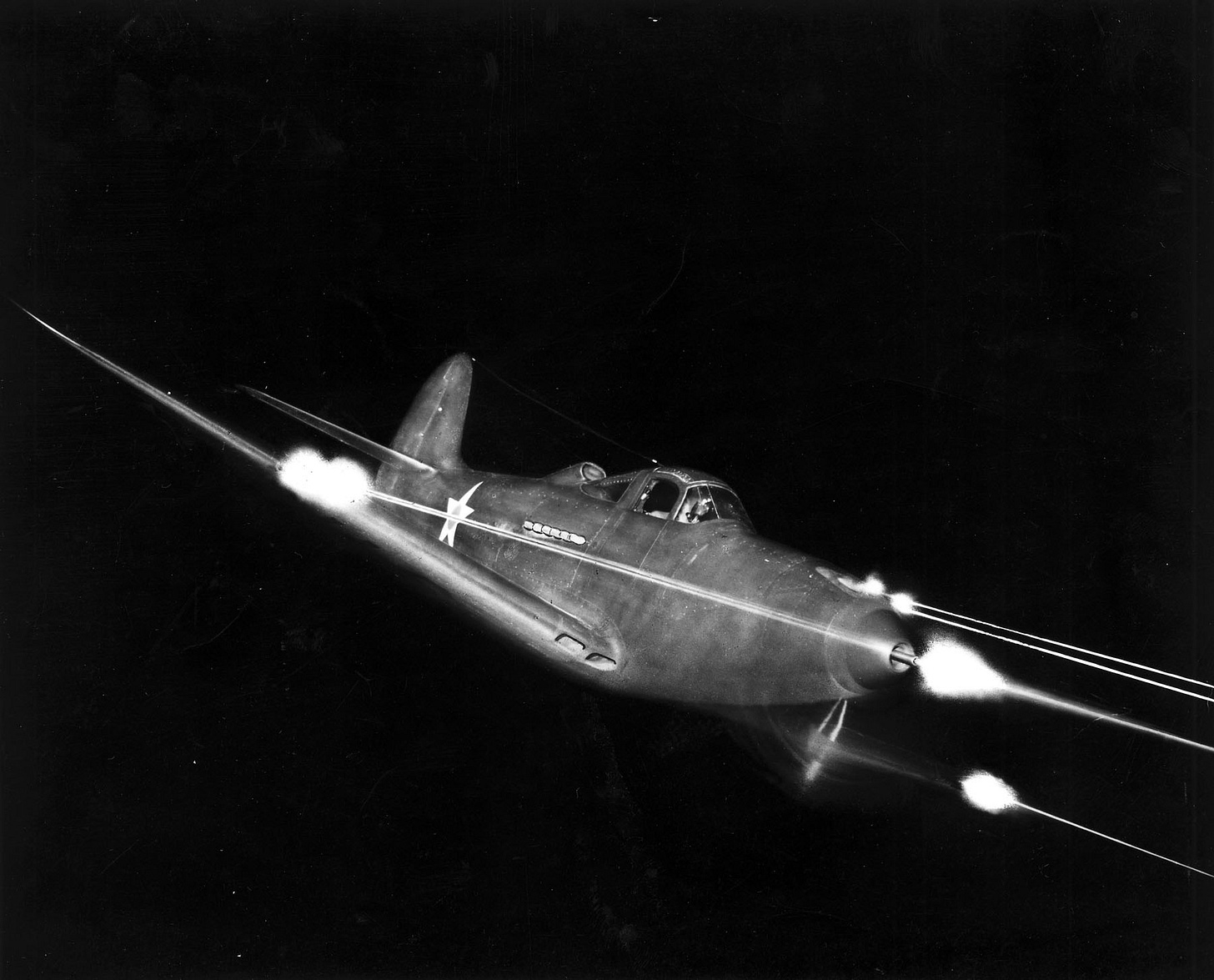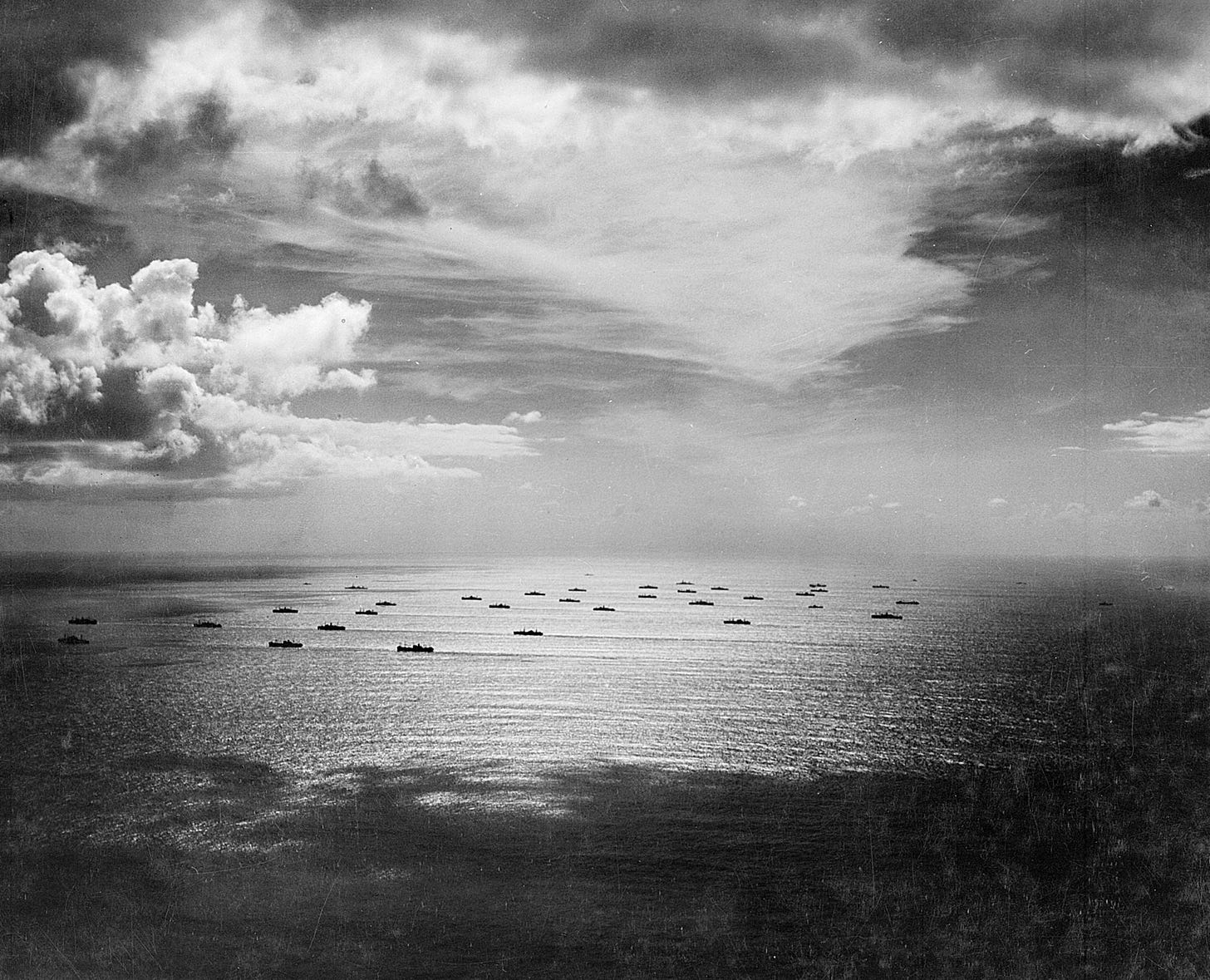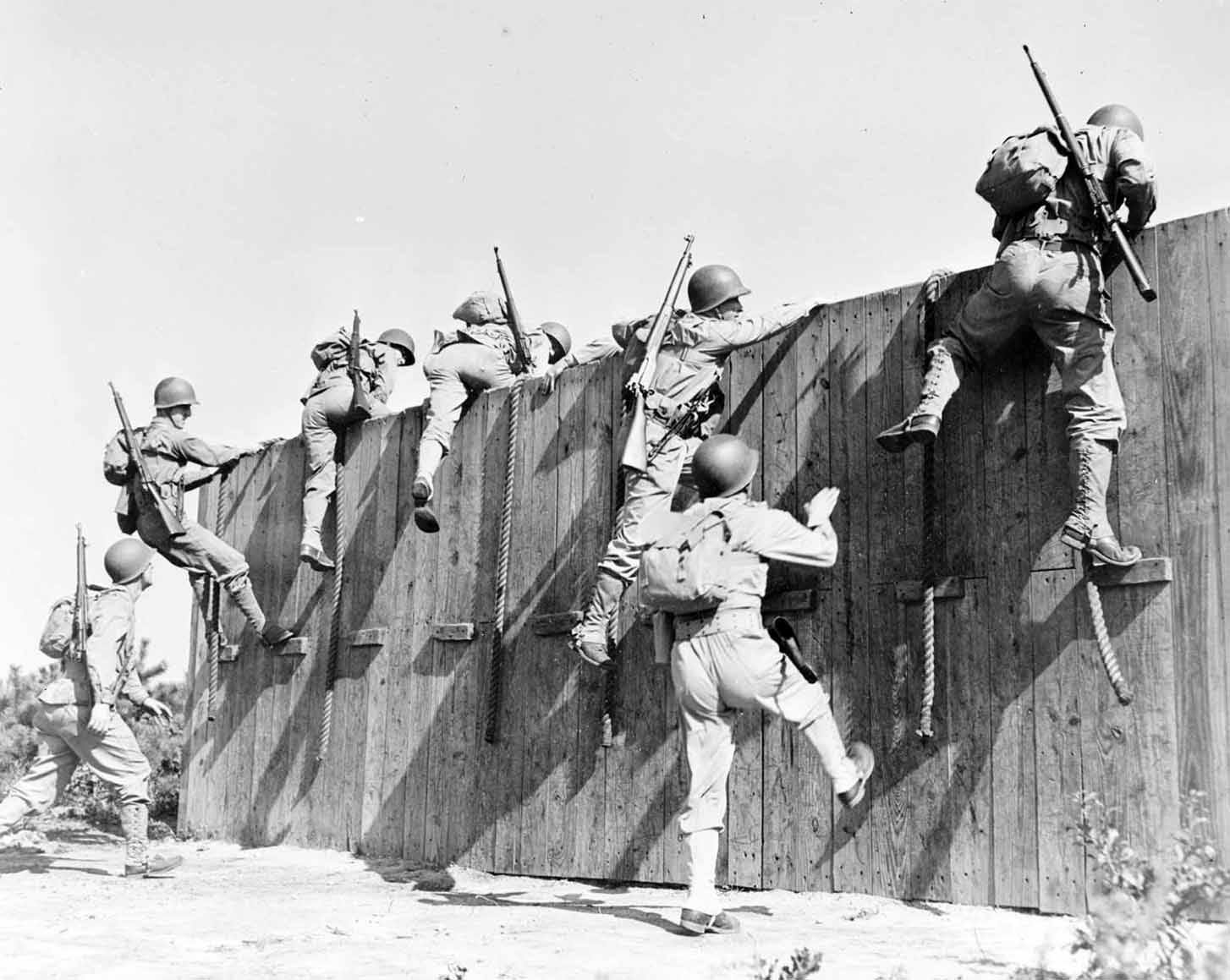American war machine grows ever stronger
7th January 1943: President Roosevelt's State of the Union address strikes a confident tone as he reviews the progress made in 1942.


Just thirteen months after the USA entered the war, its military position had been transformed. Japanese and German hopes to land knockout blows by launching pre-emptive strikes had failed spectacularly. They both now faced long wars with no realistic prospect of holding out against the massive resources now ranged against them.
President Roosevelt had an extraordinary story to tell when he addressed the 78th Congress on 7th January1. This was a message of hope for many millions of subjugated people worldwide. And it was a dire warning to the Germans and the Japanese.
The Axis powers knew that they must win the war in 1942—or eventually lose everything. I do not need to tell you that our enemies did not win the war in 1942.


We produced 48,000 military planes—more than the airplane production of Germany, Italy, and Japan put together.
Any review of the year 1942 must emphasize the magnitude and the diversity of the military activities in which this nation has become engaged. As I speak to you, approximately one and a half million of our soldiers, sailors, marines, and fliers are in service outside of our continental limits, all through the world. Our merchant seamen, in addition, are carrying supplies to them and to our allies over every sea lane.
Few Americans realize the amazing growth of our air strength, though I am sure our enemy does. Day in and day out our forces are bombing the enemy and meeting him in combat on many different fronts in every part of the world. And for those who question the quality of our aircraft and the ability of our fliers, I point to the fact that, in Africa, we are shooting down two enemy planes to every one we lose, and in the Pacific and the Southwest Pacific we are shooting them down four to one.…
We produced 48,000 military planes—more than the airplane production of Germany, Italy, and Japan put together. Last month, in December, we produced 5,500 military planes and the rate is rapidly rising. Furthermore, we must remember that as each month passes by, the averages of our types weigh more, take more man-hours to make, and have more striking power.
In tank production, we revised our schedule—and for good and sufficient reasons. As a result of hard experience in battle, we have diverted a portion of our tank-producing capacity to a stepped-up production of new, deadly field weapons, especially self-propelled artillery.
I think the arsenal of democracy is making good.
Here are some other production figures:
In 1942, we produced 56,000 combat vehicles, such as tanks and self-propelled artillery.
In 1942, we produced 670,000 machine guns, six times greater than our production in 1941 and three times greater than our total production during the year and a half of our participation in the first World War.
We produced 21,000 anti-tank guns, six times greater than our 1941 production.
We produced ten and a quarter billion rounds of small-arms ammunition, five times greater than our 1941 production and three times greater than our total production in the first World War.
We produced 181 million rounds of artillery ammunition, 12 times greater than our 1941 production and 10 times greater than our total production in the first World War.
I think the arsenal of democracy is making good.



Read a transcript of the whole address at the Miller Center.

